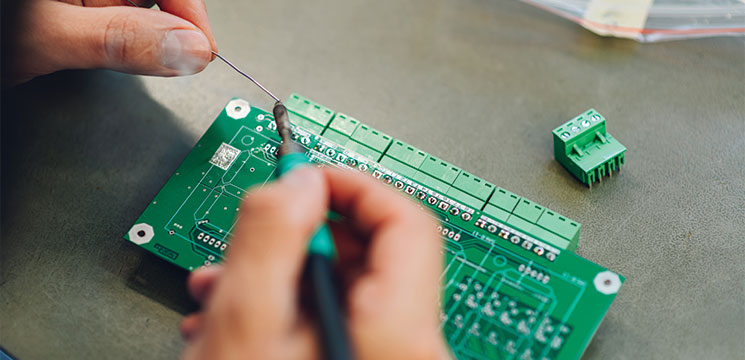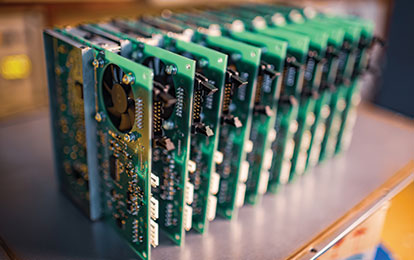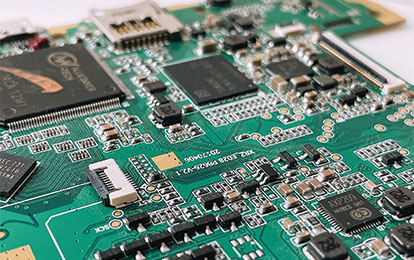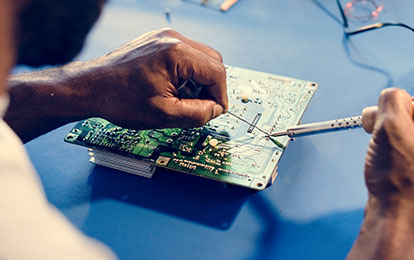


5 Simple Projects You Can Do With Our Junior PCB Toolkit
Getting started with electronics can feel intimidating, but the
truth is, you don’t need to dive into complex circuits on day one. With the Junior
PCB Toolkit, you’ve already got everything you need to try out fun, hands-on
projects that will boost your skills and confidence.
Here are five simple projects you can make right away with the kit.
1. Blinking LED Circuit
The classic beginner’s project, and for good reason. You’ll
learn how resistors work with LEDs, how to place components, and how current flows through a
simple circuit. Plus, nothing beats the excitement of seeing that first LED blink to life.
What you’ll use from the kit: soldering iron, resistors, LEDs, breadboard,
jumper wires.
2. Light-Activated Night Lamp
Want a small lamp that turns on automatically when it’s dark?
Pair a photoresistor (LDR) with a transistor and an LED. The LED lights up when the sensor
detects low light.
What you’ll use from the kit: LDR, LEDs, breadboard, jumper wires,
soldering tools.
3. Buzzer Alarm System
This project teaches you how to trigger sound using a simple
circuit. Hook up a buzzer with a switch, press the switch, and the buzzer goes off. You can
expand this later into a door alarm or alert system.
What you’ll use from the kit: buzzer, switch, breadboard, jumper wires.
4. Simple Temperature Tester (Using a Thermistor)
Thermistors change resistance with temperature. By wiring one
into a circuit with an LED, you can create a basic indicator, when it gets hot, the LED
brightness changes. A fun way to understand sensors and real-world applications.
What you’ll use from the kit: thermistor, resistors, LED, breadboard,
jumper wires.
5. DIY Traffic Light System
Use three LEDs (red, yellow, green) and resistors to mimic a
traffic light sequence. You’ll practice wiring multiple components and controlling their
timing manually with switches, or take it further later by adding an Arduino.
What you’ll use from the kit: LEDs, resistors, switches, breadboard, jumper
wires.
Why Start With These Projects?
-
They’re quick to build: you can finish most in under an hour.
-
They teach core concepts like resistance, sensing, switching, and sequencing.
-
They’re expandable: today it’s an LED, tomorrow it’s an Arduino-controlled system.
The Junior PCB Toolkit is designed for exactly this, giving you the right tools to learn by doing. Once you’ve mastered these basics, you’ll feel ready to explore more complex builds.
Grab your Junior Toolkit today and start building your first project this weekend!
Latest Post
-

-

-
PCB Projects
-
8 Min Read
Advanced PCB Design Projects for Beginners
-
-

-
PCB Learning
-
12 Min Read
The Ultimate Starter Pack for Learning PCB Design
-
Trivandrum Address
Nytt Analytics Pvt Ltd
CCCIET, Nalanchira, Trivandrum 695015
Coimbatore Address
Nytt Analytics Pvt Ltd
Plot No 3, Sounderan Mills, Sulur, Coimbatore, India
Corporate Address
Malmskillnadsgatan 42, 111 57,
Stockholm, Sweden
Email Address
contact@myfirstpcb.com
Phone Number
